The human papillomavirus or HPV is perhaps the most common disease in the world. Often, it is in the human body for a long time, without showing itself, only predisposing factors can serve as an impetus for its activation.
There are also the most dangerous stamps , for example, HPV type 16 – it can cause the development of cervical cancer. With its timely detection and treatment, the risk of malignancy is reduced significantly. Therapy of the papillomavirus is complex.

Содержание:
- 1 Is papilloma treated if there are no visible manifestations
- 2 What tests determine papilloma?
- 3 What tests detect HPV?
- 4 Other Ways to Recognize an Infection
- 5 When is therapy needed?
- 6 Can papillomas go away on their own
- 7 The dangers of ignoring the disease
- 8 General scheme of therapy
- 9 Prescribed drugs and their use
- 10 Is it possible to completely recover from the disease
Is papilloma treated if there are no visible manifestations
Currently, any doctor will say that papillomavirus cannot be completely cured. Any treatment regimen for this disease involves taking and using medications to eliminate the signs of the disease – skin and mucous rashes. If in this way the virus is driven into a latent or dormant state, then it will not be able to harm the body.
In particular, therapy is important when HPV of a high oncogenic type is detected. For the female body, strains are considered the most dangerous: 16, 18, 31, 33, 35, 39, 45, 51, 52 . They can cause dysplasia and cervical cancer.
What tests determine papilloma?
If a person has a pronounced disease, for example, the appearance of genital warts, then confirmation of HPV is not necessary.
If the growths are on the cervix, a Papanicolaou test is performed. In this case, a smear is taken from the uterine canal itself. Thanks to this study, it becomes possible to detect cancer at an early stage.
In some cases, the results are false negative, which is 55% of all tests and false positive (15%).
Papillomavirus is also determined using the polymerase chain reaction. The method is highly efficient and sensitive; in 100% of cases, the virus DNA is determined accurately.

What tests detect HPV?
PCR is a highly sensitive method for laboratory testing of the DNA of infectious agents. Urine, blood, saliva, sputum, amniotic fluid are taken as material for analysis. After that, the presence of DNA or RNA of the pathogen is determined in them.
Usually, a swab is taken from the cervix or urethra to check for HPV .
The indications for diagnosis are the following manifestations of the disease:
- Warts and condylomas appearing on the genitals.
- If a cytological examination showed epithelial dysplasia.
- For preventive screening purposes .
Other Ways to Recognize an Infection
Digin test – in addition to identifying the pathogen, it allows you to determine its type, as well as oncogenicity. In addition, thanks to the Dijin test, a significant concentration of the virus can be detected in the tissues taken for analysis, which will later help in the treatment. Tissues for research are taken from the following places:
- Scraping of the epithelial cells of the cervical canal is done.
- A similar scraping is taken from the vagina and from the urethral mucosa.
- If there is already taken material on the slide, then there is no need for a new intervention.
- The patient’s tissues taken during the biopsy are also used.
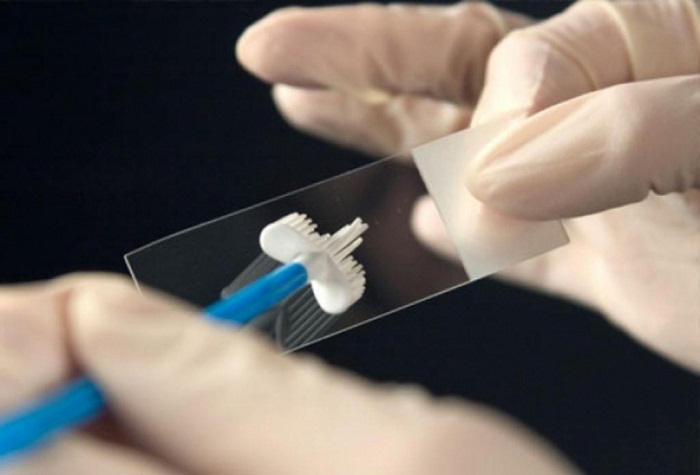
When is therapy needed?
At the initial stages, the disease proceeds without visible symptoms. Only laboratory tests can identify the HPV virus . Minor skin rashes in the form of papillae of skin color and with sharp ends are mistaken for warts and do not cause concern.
As soon as the virus begins to manifest itself, you need to seek help from a doctor and undergo a diagnosis. Only a specialist can determine the appropriateness of treatment.
The goal of human papillomavirus therapy in the early stages is to help the body cope with the disease on its own. Therefore, therapeutic measures are carried out as follows:
- The external manifestations of the disease are eliminated.
- Antiviral drugs are prescribed.
- Medicines are prescribed to strengthen the immune system.
Can papillomas go away on their own
Papillomavirus is manifested by the presence of warts on the skin and mucous membranes. Can they fall off on their own? Answering this question, you need to know how the growth develops.
It has already managed to form as a skin structure, it contains tissues and sometimes even blood vessels. Such a formation is not capable of falling off by itself, just as it is impossible to lose a finger or a toe. Self-healing in this case is impossible.
But in some cases, papillomas are able to fall off on their own, however, this happens under the influence of external factors and only in filamentous formations and those warts that are located on a thin stalk.

Large growths that are subject to long-term injuries also fall off. If they are constantly hurt, rubbed or torn. It cannot be said that this is good, since prolonged damage to hanging papillomas leads to the penetration of infection into the damaged structure and the risk of developing skin cancer.
Therefore, with a permanent injury to the build-up, it is best to contact a specialist and remove the formation in a medical way.
The dangers of ignoring the disease
The danger is that if the oncogenic stamp is not detected in time, the disease can lead to cancer. Papillomas on the body, as a result of injury, also degenerate into oncology, especially for type 33 virus .
The most dangerous are condylomas in the intimate area in women. Gynecological problems precede the disease. Men in this regard are more resilient, so the virus in them is activated less often.
There are two ways to determine the dangerous manifestation of the virus:
- According to the bovenoid form of papulosis , when warts appear on the genitals. Their color is yellowish or pink. In the female, these are the labia; in men, the head of the penis.
- Red or flesh-colored growths . Everything will depend on the genotype of the patient.
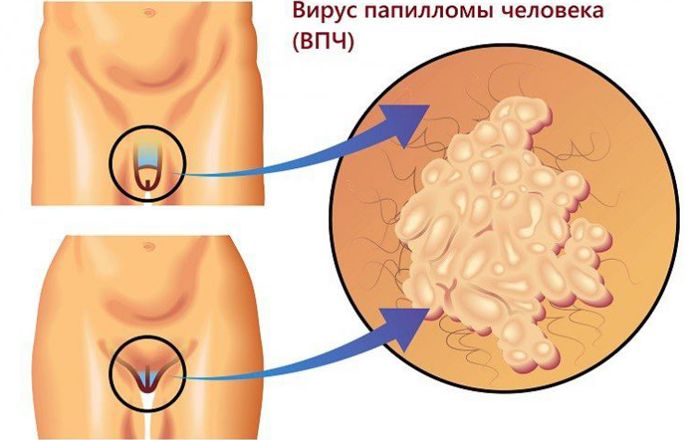
General scheme of therapy
The treatment regimen includes the following actions:
- The external signs of the disease are treated.
- Treatment is with antiviral agents.
- Medications are prescribed to boost the immune system.
Preliminary diagnostics is carried out and the type of papillomavirus is determined.
Often the disease is complicated by other infectious and inflammatory manifestations of the genitourinary system, especially in women.
Therefore, it is important to treat comorbidities as well. Only after that you can start removing genital warts and take antiviral drugs.
Papillomas are removed by such methods:
- laser is the most effective and safe way;
- chemicals;
- radio waves;
- with a scalpel;
- electroknife;
- liquid nitrogen.
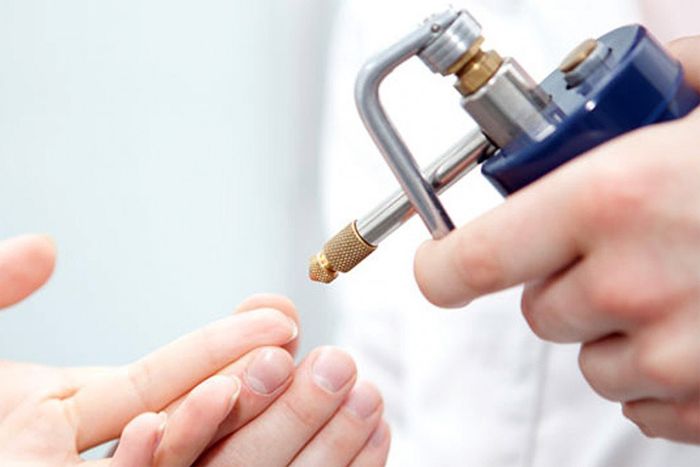
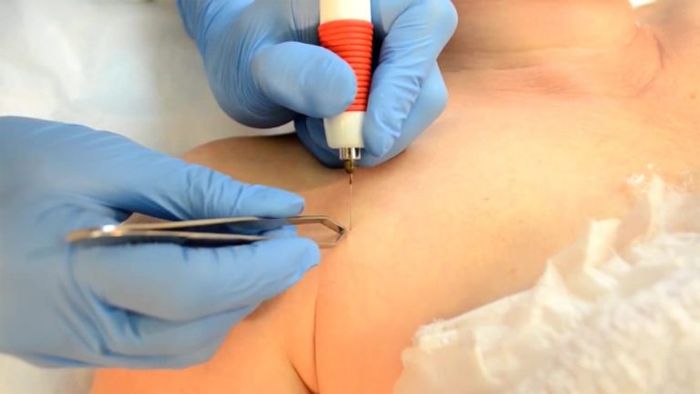

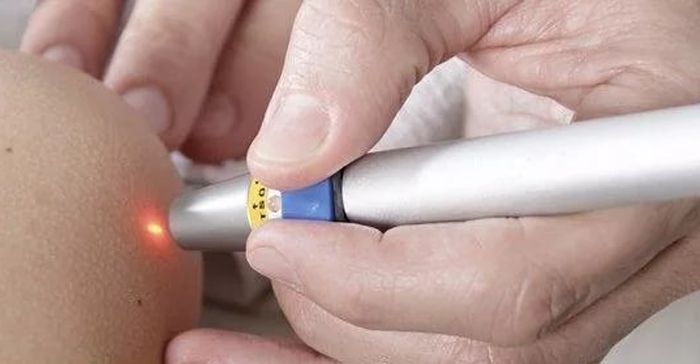
Prescribed drugs and their use
Since it is impossible to destroy the infectious agent, treatment consists in eliminating the external manifestations of the disease. The therapy is complex, first of all it is necessary to increase the human immunity with the help of various stimulants:
- Interferon.
- Cycloferon .
- Viferon.
- Leukinferon.
- Kipferon.
- Solcoderm.
External manifestations of papillomatosis should be treated with various external agents, but do not use strong solutions that can cause burns, such as iodine or celandine juice. But various ointments and sprays will be very useful:
- Ziklar.
- Imiquad.
- Aldara.
- Veregen.
- Spray Panavir.
Is it possible to completely recover from the disease
It is almost impossible to cure HPV, so it is easier to do prevention than to try to fight HPV in the future. Moreover, the measures to prevent infection from entering the body are simple. This is the observance of the rules of personal hygiene and the restriction of the use of other people’s things.
When engaging in sexual intercourse, it is necessary to use barrier contraception, in addition, if in doubt, it is advisable to take antiviral agents.
Only a doctor will be able to choose the optimal dosage of the drug during treatment and determine the appropriateness of taking a particular drug.







